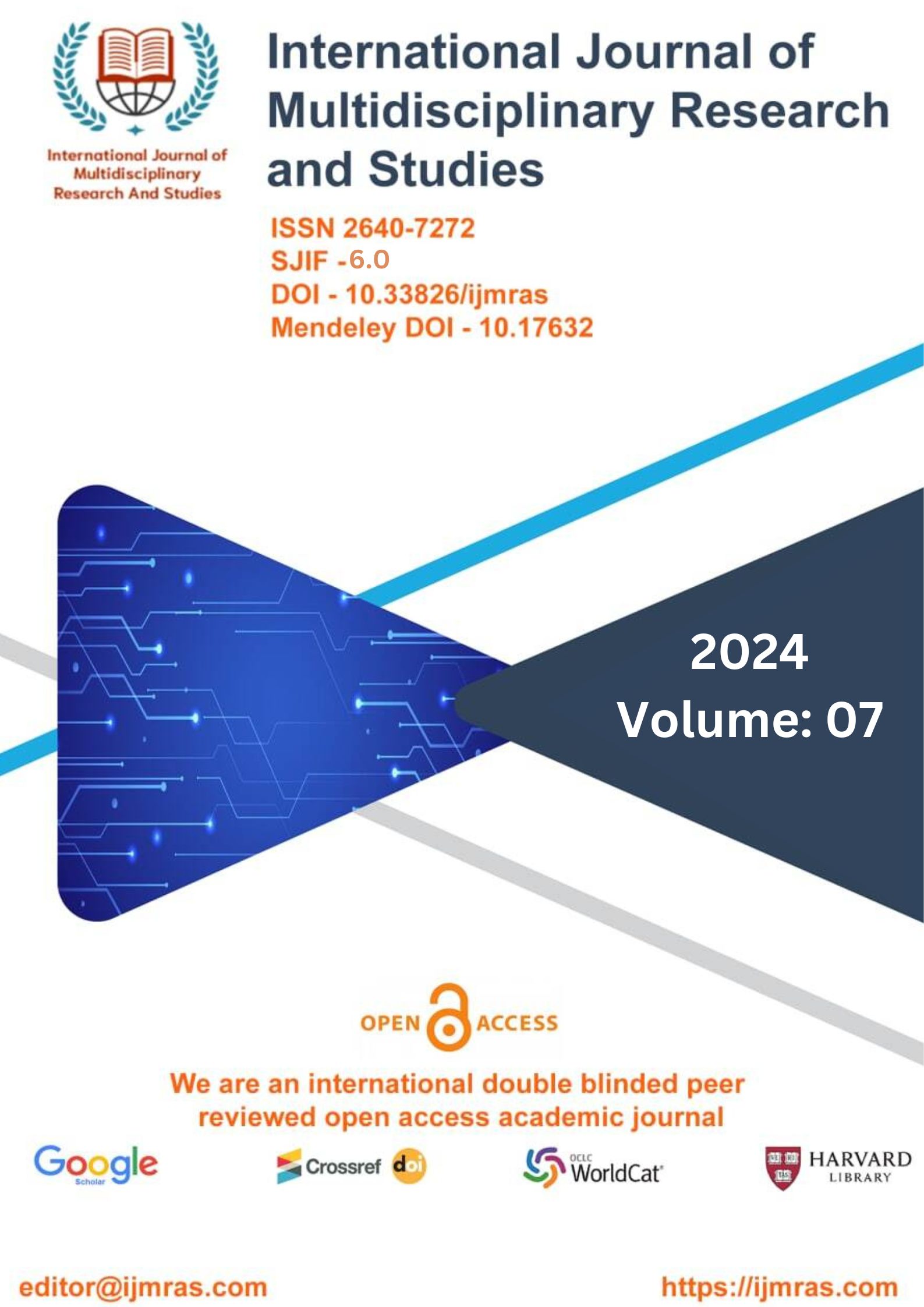Jazz revival from ancient the nation of china: yellow music to jazz

Abstract
To a greater extent, the "The U.S. government is encouraging jazz in China as a means of cultural exchange and rapprochement. Educators and financial resources have been sent to a country to foster the development of jazz there. In June of 2015, Blue Note Entertainment Group President Steven Bensusan announced plans to open a Blue Note jazz club at No. 23 East Qianmen Street in Beijing, the site of the previous American Embassy from 1900 to the end of the 1930s. Jazz was chosen as a means of communication between China and the United States "States.
If the Chinese "As mankind emerged from the stone age into the color era, they were thrown into a whirlwind of ideas. This fervor didn't start to mellow until civilian life resumed its usual pace, at which point the natural desire to seek out pleasure, beauty, wealth, and comfort took over. This cultural and economic revival gave the intellectuals renewed faith, and many of them launched new careers. A long-standing debate about China's modernization, pitting Westernization against orientalization, was rekindled in the pivotal year of 1978. Even though it was first raised in the 1860s, at the outset of China's modernization, no satisfactory answer has ever been discovered. 4 The postmodern movement in the arts and popular culture showed signs of development "during the 1980s, suggesting a potential for future modernization in China.
Keywords
Modernisation,, Arts and Culture, Economic ReformsHow to Cite
References
Ansfield, Johnathan. “Marsalis Shows China that Jazz Isn’t Just a Word.” The New York Times. February 23, 2000, accessed March 24, 2018. https://www.nytimes.com/2000/02/23/arts/arts-abroad-marsalis-shows-china-that- jazz-isn-t-just-a-word.html.
Ashcroft, Bill and Pal Ahluwalia. Edward Said: The Paradox of Identity. New York: Routledge 1999.
Bakan, Johathon E. “Cafe Society: A Locus for the Intersection of Jazz and Politics During the Popular Front Era.” PhD diss. Music York University, 2004. Accessed ProQuest May 4, 2016.
Burnim, Mellonee V. and Portia K. Maultsby. African American Music: An Introduction.New York: Routledge, 2006.
Chen, Chen. “A Study of the Localization of Jazz in Shanghai.” Master thesis. ShanghaiNormal University, 2005.
Chinen, Nate. “Blue Note Jazz Club Plans Expansion to China.” New York Times, June 25, 2015. Accessed July 10, 2015.
Chowdhry, Amid. “Facebook Launches a New Tool that Combats Fake News.” Forbes March 5, 2017. Accessed July 1, 2017. https://www.forbes.com/sites/amitchowdhry/2017/03/05/facebook-fake-news- tool/#1dcd84877ec1.
Du, Shasha. “Jazz New Development Inquiry in Shanghai Contemporary Urban Music Culture: JZ Brand for Example 2004—2014.” Master’s thesis. Shanghai Conservatoire of Music, 2015.
Farganis, James. “Post-Modernism,” in Readings in Social Theory: The Classic Tradition to Post-Modernism 6th ed. New York: McGraw-Hill 2011.
Fu, Poshek. Passivity, Resistance, and collaboration: Intellectual Choices in Occupied Shanghai, 1937—1945. Stanford: Stanford University Press 1993.
Gaubatz, Piper. “Changing Beijing.” Geographical Review 85, no. 1 (January 1995): pp. 79-96.
Giddens, Anthony. “Living in a Post-Traditional Society” in Reflexive Modernization: Politics, Tradition and Aesthetics in the Modern Social Order. Edited by Ulrich Beck, Anthony Giddens and Scott Lash. Stanford: Stanford University Press: 1994.
Izenberg, Gerald. Identity: The Necessity of a Modern Idea. Philadelphia: University of Pennsylvania Press 2016.
Jiang, Yan. “the Light Music.” People’s Music (1958 no. 4): p. 37.
Jones, F. Andrew. “Black Internationale: Notes on the Chinese Jazz Age.” In Jazz Planet, edited by E. Taylor Atkins. Jackson, Mississippi: University Press of Mississippi, 2003.
Lyon, David. Postmodernity. Minneapolis: University of Minnesota Press, 1994. Lyotard, Jean-François. The Postmodern Condition: A Report on Knowledge, translated by
Geoff Bennington and Brian Massumi. Minneapolis, MN: University of Minnesota Press, 1984.
McKerns, Joseph Patrick. “The History of American Journalism: A Bibliographical Essay.” American Studies International 15, No. 1 (Autumn, 1976): pp. 17-34.
Meng, You. “In Reflection of Commercializing Music.” People’s Music no. 3 (1982): pp.28-29.
Merriam, Alan and Raymond W. Mark. “The Jazz Community.” Social Forces 38, no. 3 (March 1960): pp. 211-222.
Stebbins, Robert A. “Class, Status, and Power among Jazz and Commercial Musicians.”The Sociological Quarterly 71, no. 2 (spring 1966): pp. 197-213.
Stone, Ruth M. Theory for Ethnomusicology. New Jersey: Prentice Hall 2008.
Sui, Cindy. “Rekindling a Love for the ‘Enemy’s Music.’” The Washington Post (Feb 28, 2000): A. 12.
Wiser, Dusty Decker. “Are They Lovin’ It? Chinese Folk Attitudes toward U.S. Popular Culture.” Master Thesis, Utah State University, 2006. Accessed May 14, 2016 http://search.proquest.com/dissertations/docview/304987000/5A3B0F153EC440EE PQ/1?accountid=11835.
Wong, Julia Carrie. “Mark Zuckerberg Accused of Abusing Power After Facebook Deletes ‘Napalm Girl’ Post.” The Guardian, February 13, 2017. Accessed July 1, 2017. https://www.theguardian.com/technology/2016/sep/08/facebook-mark- zuckerberg-napalm-girl-photo-vietnam-war.
Xiao, Ying. “More than a Mass Noise?! Popular Music and Polyphonic Soundscapes in Post-socialist Chinese Cinema, Media and Culture.” PhD diss. New York University, 2010. Accessed ProQuest May 15, 2016.
Zhang, Wuyi. “Learning to ‘Play’: A Case Study of Midi Music Festival.” PhD diss. The Chinese University of Hong Kong, 2013. Accessed ProQuest May 2, 2016.
License
Copyright (c) 2024 WANG LU, DR. ZULKARNAIN A. HATTA

This work is licensed under a Creative Commons Attribution 4.0 International License.
Individual articles are published Open Access under the Creative Commons Licence: CC-BY 4.0.



